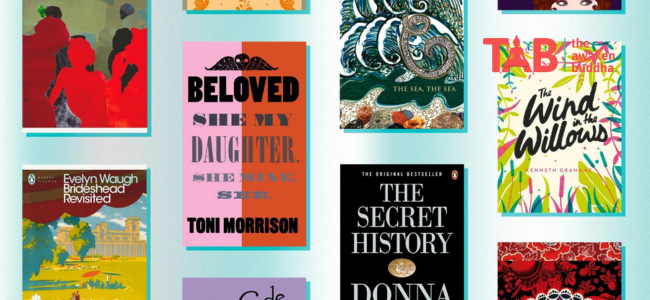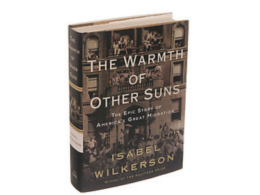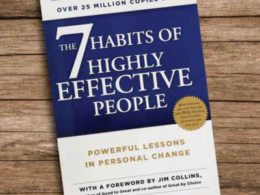Introduction
1. Brief overview of the novel
2. Why it is considered a classic
3. Importance of reading classic literature
The Author
1. Who was Jane Austen?
2. Overview of her life and career
3. How she influenced the literary world
Plot Summary
1. summary of the story
2. Main characters and their roles
3. Key events and themes in the novel
Themes in Pride and Prejudice
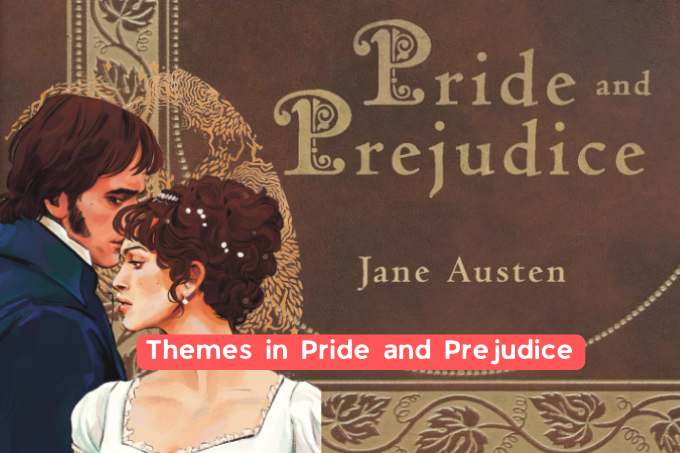
1. Love and Marriage
2. Social Class
3. Gender Roles
4. Pride and Prejudice
Characters Analysis
1. Elizabeth Bennet
2. Mr. Darcy
3. Jane Bennet
4. Mr. Bingley
5. Lydia Bennet
6. Mr. Collins
7. Lady Catherine de Bourgh
Writing Style and Techniques
1. Use of Satire
2. Character Development
3. Use of Irony
4. Dialogue and Language
Historical Context
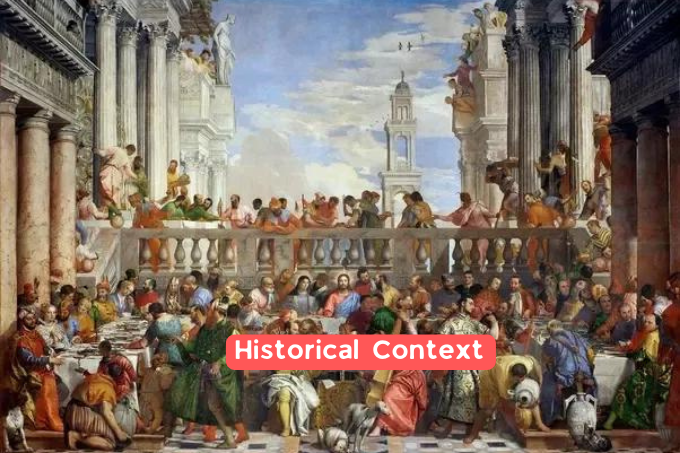
1. Life in 18th-Century England
2. Social norms and customs
3. Women’s roles in society
Why Should Everyone Read Pride and Prejudice?
1. Importance of reading classic literature
2. Lessons and values from the novel
3. How the novel still resonates with modern audiences
Pride and Prejudice Adaptations
1. Film and television adaptations
2. Popular culture references
Quotes from Pride and Prejudice
1. Famous and meaningful quotes from the novel
2. Analysis of the quotes and their relevance
Pride and Prejudice in Popular Culture
1. Influence on other works of literature
2. References in music, film, and television
Conclusion
1. Recap of the importance of reading Pride and Prejudice
2. Final thoughts on the novel
FAQs
1. What is Pride and Prejudice about?
Pride and Prejudice is a novel about the Bennet family, particularly the relationship between Elizabeth Bennet and Mr. Darcy. It explores themes of social class, marriage, and personal growth and satirizes the societal norms of 19th-century England.
2. Who are the major characters in the novel?
The main characters in Pride and Prejudice are Elizabeth Bennet, Mr. Darcy, Jane Bennet, Mr. Bingley, Lydia Bennet, and Mr. Wickham.
3. What is the historical context of the novel?
Pride and Prejudice was written in the early 19th century, during the Georgian era in England, a time of social and political change. It was published in 1813, during the Regency era, when the Prince Ruler (later King George IV) ruled to replace his father, King George III, who suffered from mental illness. The novel reflects the social norms, values, and customs of the time, particularly regarding marriage and social class.
4. Why is Pride and Prejudice considered a classic?
Pride and Prejudice is a classic due to its enduring popularity, literary merit, and cultural significance. The novel’s sharp wit, insightful social commentary, and memorable characters have captured readers’ imaginations for over two centuries, and it continues to be widely read and studied today.
5. What is the importance of reading classic history?
Reading classic literature is important because it allows readers to engage with timeless themes, explore historical and cultural contexts, and appreciate the enduring value and artistry of great works of literature. Classic literature also provides a window into the past,






